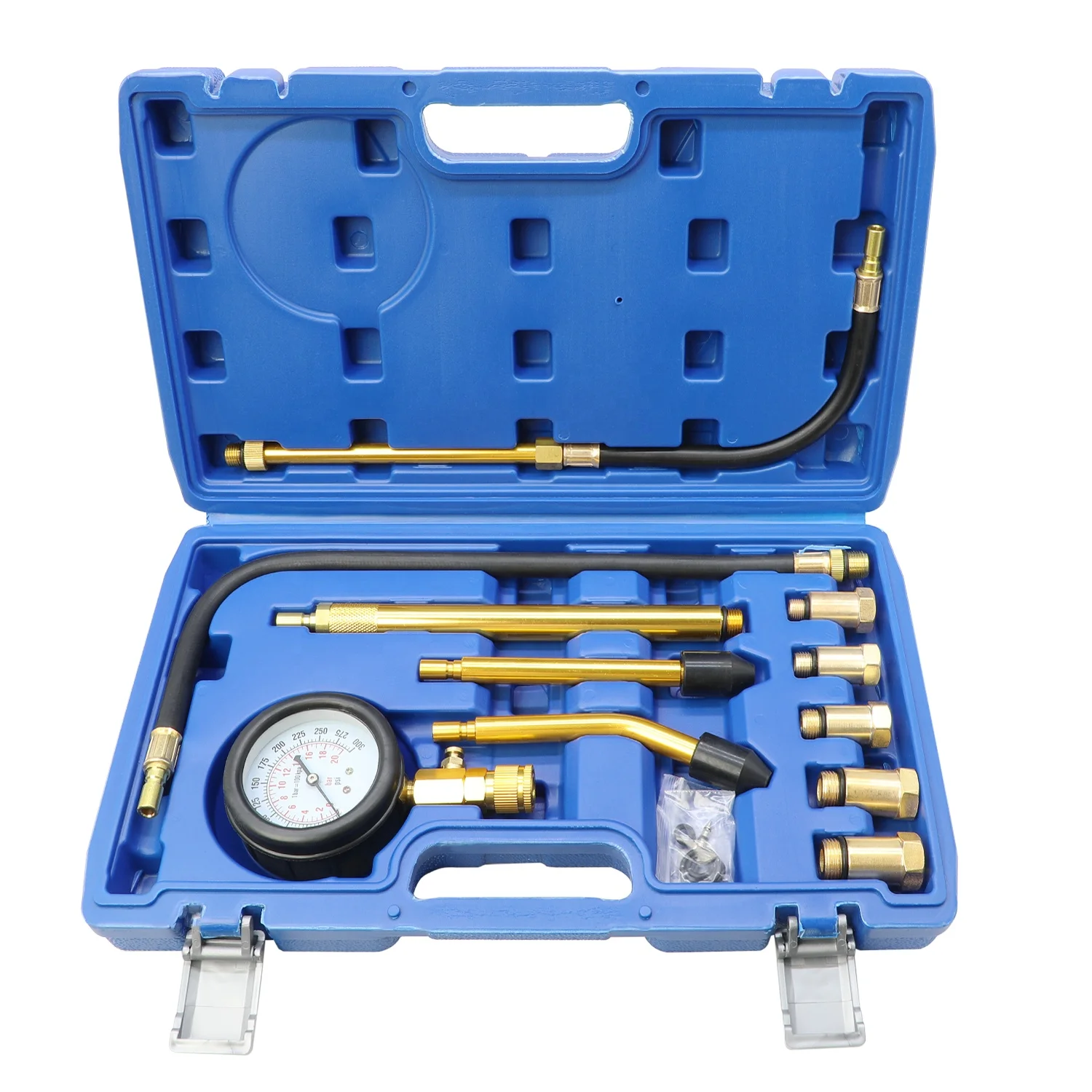Have you ever wondered how a car engine works? Like imagine the engine as a beating heart of the car, pumping mix of fuel and air to keep it move forward always[]. But what a lot of us don't appreciate is how critical timing can be to the way an engine performs. A valve timing off even a few degrees can cause an engine not to run right, or in more severe cases the entire vehicle will stop running.
In this case, the simple yet effective tool is called a vacuum gauge. A vacuum gauge is a handy tool for checking the proper function of all these lines, making sure your engine is getting timed correctly. To put it simply, timing the engine refers to ensuring that both fuel and air are delivered at the correct time for maximum efficiency and power.
Although using a vacuum gauge might sound intimidating at first, just like riding a bike... it is something that can be mastered with practice. The short of it is you hook the gauge up to a vacuum source, start your engine and watch what kind of pressure reading it shows. A16-20 inHg (29 psi)good rangeEngine at idle If the timing bounces outside that sweet spot (low or high), recalibration is required.
To complete a reading you must follow these steps as this will provide an in depth and precise report.
Find the vacuum hose that attaches to the engine, usually near where it meets with carburetor/
Remove the hose from the carb and connect where vacuum gauge was connected.
Engine transmission and idling are common, often a few minutes of standard operation temperature
Look at what the gauge says and compare it to where you should be.
If it is too high or low, adjust the timing of your engine accordingly.

While a vacuum gauge may not be the best tool for engine timing, you can use this helpful information to get more accurate results:
Before making timing changes make sure the engine is up to full operating temperature.
Confirm the car is idling at a proper speed with a tachometer.
This way, the engine is not damaged and you do no have to replace any components.
To do this, watch the vacuum gauge carefully while performing changes so that you know it stays within limits
After adjustment, go for a test drive to ensure that your vehicle is working perfectly.

Although a vacuum gauge is an essential part of setting the time on your engine, it can do much more than that. A vacuum gauge can also help in locating deeper issues with the engine that need to be addressed, other than just adjusting timing on engines. For example, erratic readings on the vacuum gauge can signal anything from an out-of-sync engine valve or ignition timing. On the other end, a consistently low reading might indicate a vacuum leak or carburetor problem.
Using a vacuum gauge to stay one step ahead and check out a hidden engine problem can save you some valuable time, as well as costly repair jobs that could result from minor problems boiling into serious ones.

While initially intimidating, the benefits of using a vacuum gauge for engine timing make it well worth your time. The proper timing in your engine will greatly aid a myriad of ways including the following:
Improved Fuel Economy - Optimum timing means the engine is running at higher efficiency which will lower fuel usage and save money.
Increased longevity of the engine - A healthy, functioning engine is not exposed to undue stress and as a result this prolongs its life.
Optimum performance - The right timing means better acceleration, more horsepower and an altogether improved driving experience.
Lesser emissions - When under correct timing circumstances an engine has lesser emissions into the environment.
Yes, using a vacuum gauge for engine timing may take some getting used to but the benefits it confers are worth working on. By ensuring that your engine is operating at the best possible level and timing, you can save costs on petrol, keep car running in good working order for longern improve performance as well as consumption of petrol; help reduce harmful emissions to us all.
The tools we make are timing with vacuum gauge with meticulous attention to detail by experienced engineers and technicians Every tool is created to last from our strict quality control to the finest materials We are committed to providing tools that can tackle the most challenging tasks and deliver accurate results
Since 2013 HTL Hongtu has been a timing with vacuum gauge of automotive tools trusted by DIY enthusiasts and professionals across the globe More than 40 countries utilize our tools which includes mechanics workshops and individuals This international reach is an indication of our determination to provide top quality and reliable services that mechanics across the world can rely on
HTL Hongtu values its timing with vacuum gauge We're committed to providing excellent customer service making sure you experience a smooth and pleasant experience from selecting the best product to receiving your purchase and beyond We provide fast friendly and professional support whenever you need it
With a timing with vacuum gauge product line that covers everything from engine timing tools braking systems and many more HTL Hongtu provides solutions for all your automotive repairs We are committed to providing the appropriate tool for every job regardless of whether you're a professional mechanic or DIY enthusiast